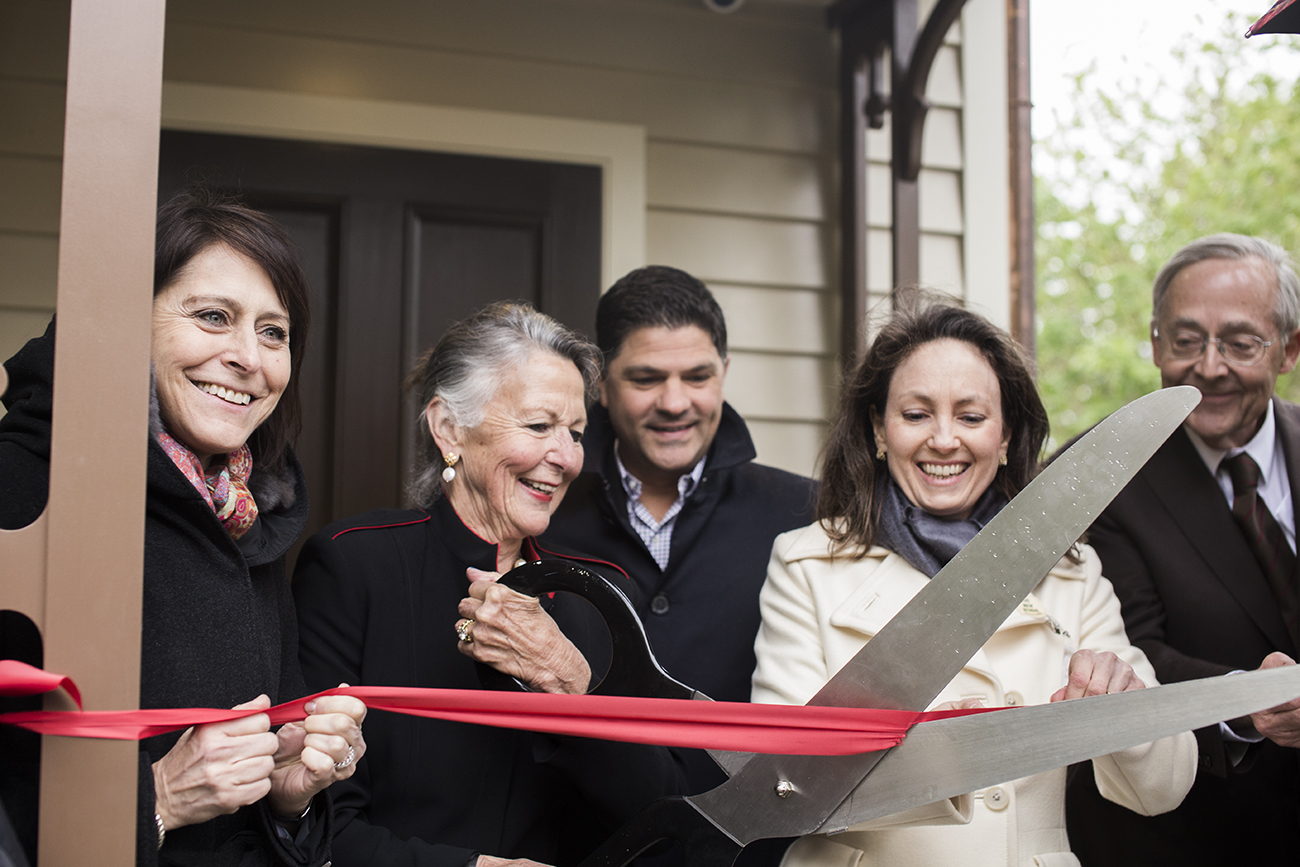
The Thomas Cole National Historic Site sits near the Hudson River with a view of the Catskill Mountains, surrounded by other cultural destinations, lively restaurants, and world-renowned natural beauty.
If you’re looking to plan your visit to the historic site, click here. To plan the rest of your stay, check out our recommendations below. From dazzling hikes in the Great Northern Catskills to the best places to sleep, we’ve got you covered.
When Thomas Cole first traveled up the Hudson River in 1825, he fell in love with this picturesque village on the water. Today, the Village of Catskill welcomes you with beautiful 19th-century architecture along the historic main street with shops and galleries, river activities including fishing and boating, waterfront restaurants, and an Audubon nature preserve where if you’re lucky you can spot a Bald Eagle.
General Visiting Information


The official website for visiting Greene County, where the Thomas Cole Site is located. This website includes a comprehensive listing of places to stay, places to eat, sights, activities and outdoor adventures.
Hudson River Valley National Heritage Area: A user-friendly website with in-depth information about the historic, cultural and natural resources of the Hudson River Valley. You can see a list of recommended sights to visit, create your own itinerary, or request free maps and brochures about visiting the Hudson River Valley.
Where to Eat
In Catskill…
Avalon Lounge, Music venue with a Korean kitchen. Right off Main Street.
Ambrosia Diner, A classic retro diner.
Gracie’s Luncheonette, A stylish diner where everything is homemade, right down to the ketchup. Located in nearby Leeds.
Hartland on Hudson, One of a kind stationery and coffee bar. Located in nearby Leeds.
New York Restaurant, The local spot for lunch and dinner. Right on Main Street.
Port of Call, Waterfront dining and seafood.
Willa’s Bakery Cafe, A waterfront breakfast and lunch spot on Catskill Creek. Just off Main Street.
Where to Stay

Photo by The Catskill Milliner
Camptown: Hotel located in nearby Leeds with 26 log cabins and 24 hotel rooms. Their restaurant, Casa Susanna, celebrates Jaliscan flavors, local histories and fresh produce from nearby farms.
The Catskill Milliner: Boutique guest house and inn located just blocks from Catskill’s Main Street, the Thomas Cole Site, and the Hudson River.
Catskill Village House: Located on Main Street in the historic Village of Catskill, an entire home to rent with all your friends.
Hotel Mountain Brook: Adirondack-style lodge in Hunter with views of the Catskill Mountains
Hudson Milliner: A boutique guesthouse and inn located in the City of Hudson, across the river.
The Kaaterskill: A Farm Estate in the outskirts of the Town of Catskill.
The Morgan State House: The Hudson River Valley Painters Package
Scribner’s Catskill Lodge: Recently reopened following an extensive renovation for a new generation of urban explorers, the lodge features thoughtful design, friendly service, and delicious food and drinks in a mountain setting.
The Stewart House: A recently renovated 11-room “River House” in nearby Athens, NY that first opened its doors in 1883 with a restaurant.
The Wick, A new full-service boutique hotel in Hudson, NY.
The Willow: A vintage-inspired inn with a modern, elevated twist at the foot of the Catskill Mountains in the Town of Catskill.
WM Farmer and Sons: Rustic chic accommodations and restaurant in Hudson, NY.
Nearby Attractions
Hudson River School Art Trail: Take a drive to the nearby views that Thomas Cole painted.
Hudson River Skywalk: See America’s first canvas with the Hudson River Skywalk, a new historic and scenic walkway at the place where American landscape painting began. The new walkway connects the Thomas Cole Site with Frederic Church’s Olana over the Rip Van Winkle.
Mountain Top Arboretum: A public garden in the Catskill Mountains, with trails connecting 178 acres of plant collections, meadows, wetlands, forest, and more.
RamsHorn-Livingston Audubon Sanctuary: Located in the Village of Catskill, this compact sanctuary contains over 436 acres of tidal marsh and swamp, upland forests and fallow farm fields. Keep your eyes peeled for Bald Eagles.
Scenic Hudson and Greene Land Trusts’ Mawignack Preserve: One mile loop trail along Catskill Creek, an area that Thomas Cole painted more than any other subject.
Olana State Historic Site: Just two miles away is the magnificent home of artist Frederic Church.
The Greene County Historical Society: Nine miles north is the Bronck Museum, the Hudson Valley’s oldest home, built in 1663.
City of Hudson: Across the Rip Van Winkle Bridge is this hopping city with shopping, restaurants and antiques.
Transportation
Amtrak Station: Located in Hudson, NY, about a 10-minute drive from the Cole Site
Hudson Region Transport LLC
Cubs Taxi and Airport Service
There is limited taxi service and limited Uber and Lyft availability in the area, so please plan ahead.
Maps for download
Hiking in Greene County
Antiques and Country Stores
Nearby Attractions
Greene County Driving Tours
Itineraries for the Hudson River School Art Trail














